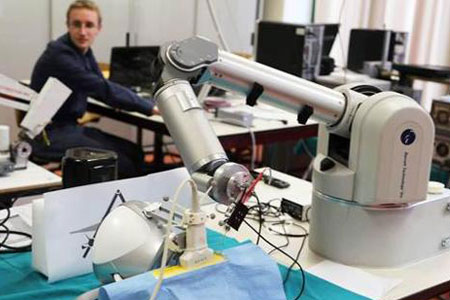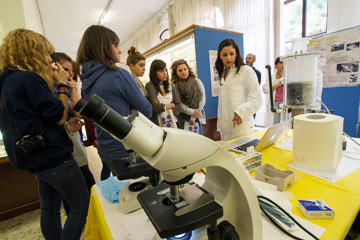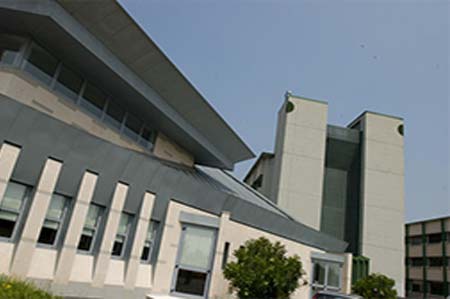Learning outcomes
The course addresses the basi concepts for the study of the security of computer systems and computer transactions. Special emphasis is given to the definitional aspects of security, to cryptography, and to the elements that are necessary to understand the existing literature. At the end of the course the student is able to seek and evaluate autonomously solutions to security problems.
Elements of number theory: groups Zm and Zn*, cyclic groups, generators, discrete logarithm, quadratic residuosity, Legendre and Jacobi symbols.
Cryptography: history, symmetric encryption schemas (DES, IDEA, AES), public key cryptosystems (Diffie-Helman, RSA, Bloom-Goldwasser), provable secure encoding, coin flipping, coin flipping in the well, pseudo-random bit and function generation.
Protocols: digital signature, message authentication, bit committment, threshold schemas, non traceable communication, zero-knowledge, digital cash, digital elections, agent authentication, key distribution and certification.
Network security: attacks and defences, viruses, worms, firewalls.
The course consists of 40 hours of frontal lectures. The scientific level is high and most of the results are proven formally. The student is not required to understand all details, but rather to note the similarities between the ways different problems are addressed. This is the element that allows the student to understand the existing literature.







